Metrics used to evaluate employee job performance serve a broader purpose beyond facilitating raises and promotions; they are integral to driving business success.
Every organization with a workforce must grapple with how to assess employee performance. However, there’s no one-size-fits-all solution. Multiple human resource (HR) frameworks exist for this purpose, with the annual performance review being the most common.
Modern companies increasingly prioritize unconventional sets of employee performance metrics, recognizing that employee success directly impacts company success. After all, employees are the ones executing day-to-day tasks that keep businesses operational and meet customer demands.
Moreover, relying solely on data to evaluate employee performance is inadequate. Employees contribute intangible benefits, such as leadership and mentorship, which are challenging to quantify.
Additionally, employees, like all humans, are motivated by factors that make them feel valued. Incorrect job metrics can diminish employee motivation, leading to reduced productivity and other negative business consequences. Providing employees with the appropriate performance metrics and evaluating them effectively empowers them to act in the best interest of the business and its customers.
Organizations require a clear roadmap or, ideally, a GPS system to transition from administrative HR to strategic HR. This entails understanding the destination, identifying the most efficient routes (with minimal obstacles), and adjusting course when necessary.
Similar to how Google Maps utilizes satellite data and user locations to optimize travel routes, employee performance metrics provide HR teams with the insights needed to ensure their people strategy remains aligned and effective.
By collecting and analysing employee performance metrics, people leaders can make better decisions about who to hire, how to improve processes, and how to make the work experience better for employees. This data-driven approach can also help an HR leader get a seat at the table and have more influence in the organisation.
Read on to learn more about how to use key HR KPIs to measure employee performance and to find out about five important employee performance metrics that are often overlooked.
What are the measures of employee performance?
Employee performance metrics are a set of measurements that can tell you how well your company is doing in five key areas:
- Workforce Recruiting and Retention
- Employee engagement
- Performance management
- Leadership and management efficiency
- Diversity, equity, inclusion, & belonging (DEIB)
There are two kinds of employee performance metrics: quantitative and qualitative. To check on the health of your organisation, you need a mix of both.
Quantitative metrics are clear numbers and percentages that are often tracked by HRIS and performance management tools, such as the average engagement score, the rate at which goals are met, and the retention rate.
Qualitative metrics are easier to interpret and include things like how employees feel like they belong, how they answer open-ended questions on performance reviews, and how candidates felt about the hiring process after they were hired.
When you look at both quantitative and qualitative employee performance metrics together, you can put your data into context and paint a more colourful picture of your people that shows how they really feel as employees.
In the past, the HR function was seen as a separate administrative island whose only job was to hire and train new employees, manage benefits and payroll, and deal with compliance issues. But strategic leaders of people know that HR can and should be a key part of a business’s success.
Tracking important KPIs for employee performance gives companies the information they need to:
- Make work more interesting for employees and build a high-performance culture.
- Give your employees the tools and training they need to do the best work they can.
- Keep track of how well managers do their jobs and help them become great leaders.
- Help employees get past problems that are getting in their way.
- Find the organization’s threats and growth opportunities
- Align HR work with the OKRs and goals of the company
- Improve the organization’s overall performance and bring in more money.
These are just a few of the many benefits that a company could get from tracking the right KPIs for employee performance. But how do you decide which ones are most important? Read on for five ways to measure the performance of your employees that can help you plan your people strategy.
5 ways to measure employee performance
There are many employee performance metrics that are important for a data-driven people strategy, but here are five that you must track on your HR KPI dashboard:
- Time to hire on average. This metric counts the number of days between when a candidate applies for a job and when they accept an offer of employment. It gives you information about how your candidates feel and how well your hiring process works.
- Employee engagement score. Surveys about employee engagement give information about how engaged employees are. You can sort these scores by things like a team, manager, and role type to see how employees in different groups are doing. Over time, you can look at how the scores go up or down to see how different projects and changes in the organisation affect the levels of engagement.
- Putting skills on display. Competencies are a set of skills, qualities, traits, and knowledge that can be measured and help an employee do their job well. One question on an employee’s performance review can show how well they show a certain competency. For example: “How well does the employee show that they have the skills needed for their job?”
- Check-in rates on time. A strong relationship between a manager and their direct reports requires that they meet regularly one-on-one. By looking at the percentage of employees who finish their check-ins, you can see how many of them do so. The higher the number, the better that manager is at putting these meetings at the top of their list and giving their employees constant support and feedback.
- Belonging. More and more companies are starting to track diversity metrics, and some are even tracking metrics related to equity and inclusion. These are all good steps toward making workplaces that are more diverse and welcoming. But belonging is a less well-known metric that we track at DoerHRM and want other organisations to look into. Belonging is a state of mind and emotion in which you feel seen, valued, and supported for being yourself. It’s a qualitative metric that can be measured with sentiment surveys and other tools that capture how employees feel at a given time.
Get a comprehensive list of KPIs for employees performance
On the path toward developing teams that are more engaging, productive, and inclusive, strategic human resources departments may and should monitor a large number of other indicators along the way.
In this comprehensive guide, we go over all of these topics and more, including practical advice on how to use performance management software to keep track of your metrics: The Complete Guide of Key Performance Indicators (KPIs) for Performance Management
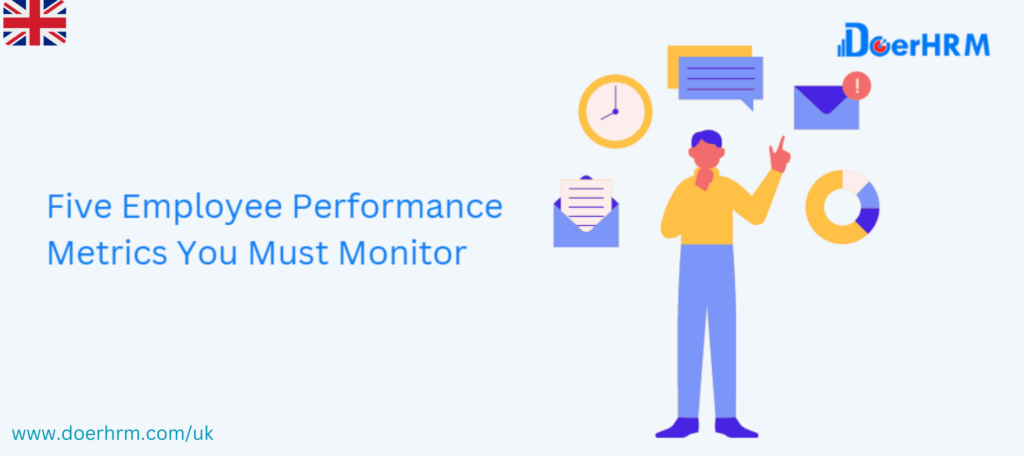

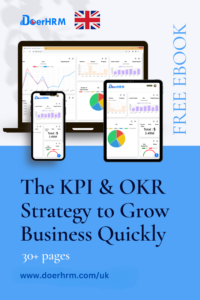

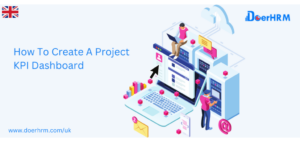

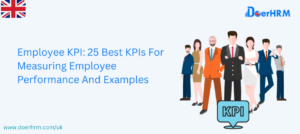

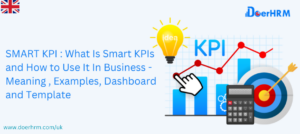

im grateful to have stumbled upon DoerHRM and its wealth of knowledge! This recent article on upskilling and reskilling the workforce is a must-read for HR professionals like myself. It sheds light on the benefits of investing in employee development, such as improved job satisfaction and increased loyalty. I’ll be using this information to pitch the idea of a robust training program to my management. Thank you, DoerHRM, for empowering HR practitioners with such valuable content!
I may need your help. I tried many ways but couldn’t solve it, but after reading your article, I think you have a way to help me.
I have read your article carefully and I agree with you very much. This has provided a great help for my thesis writing, and I will seriously improve it.
Your article helped me a lot, is there any more related content? Thanks!